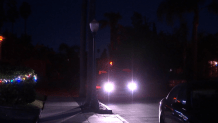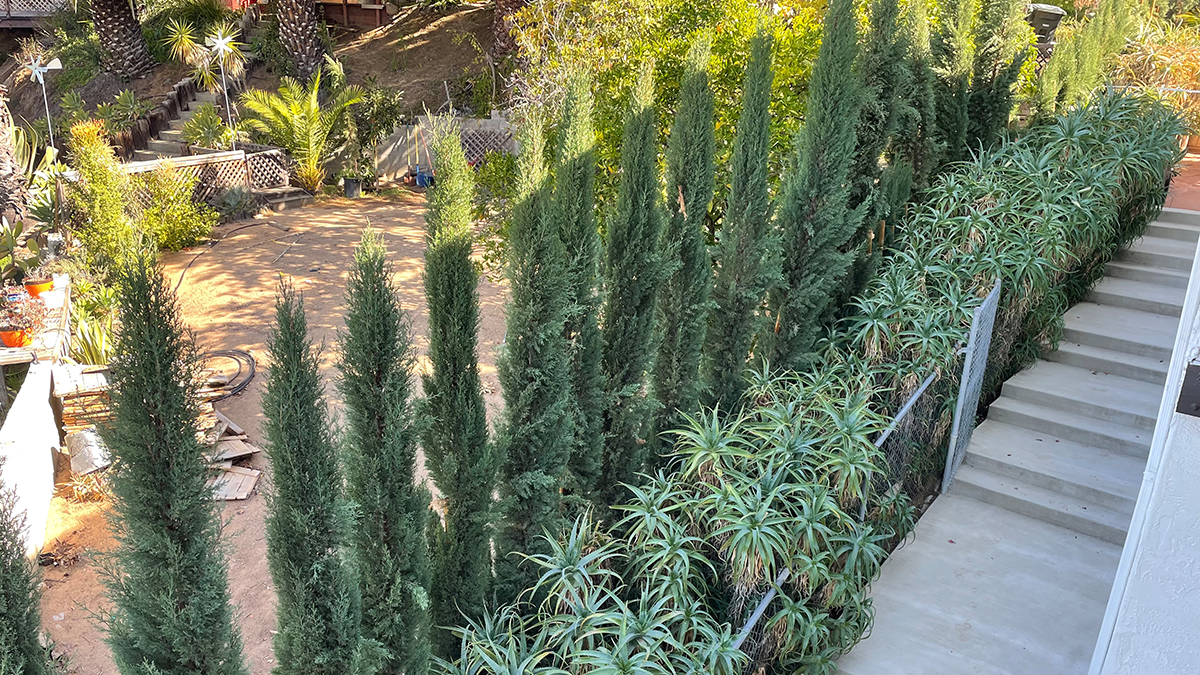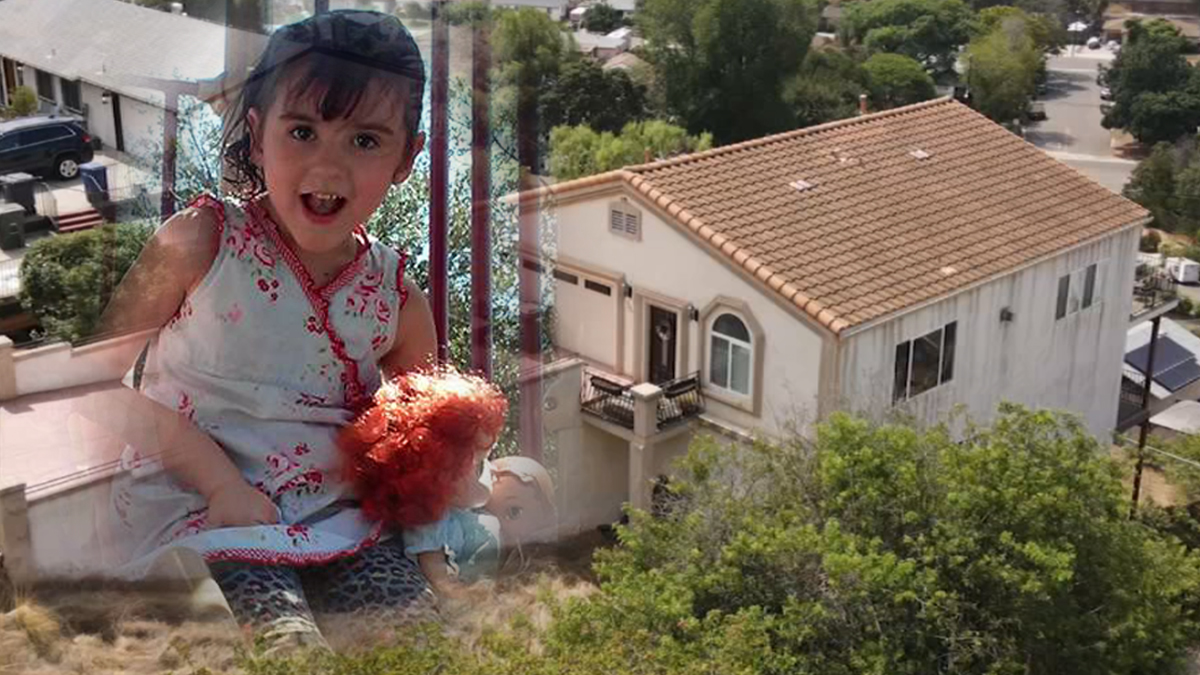How many City of San Diego electricians does it take to change a light bulb? Right now, the city’s answer to that question is keeping many local neighborhoods in the dark.
There are more than 65,000 streetlights across the city, but right now, more than 5,000 are broken. Sometimes broken can mean more than just out. Some lights blink intermittently, while others shine brightly 24/7.

There are many different kinds of lights, often with antiquated wiring methods. The city says fixing them can require a minor investigation, which takes time and requires equipment that’s difficult to acquire.
Back in March, the city said the average wait time for a light to be fixed was 10 months, much longer than the three-month average before the pandemic.
At the time, Mayor Todd Gloria invited reporters to city hall to talk about the problem.
More from NBC 7 Investigates
“It’s a challenging time,” said the mayor. “We just have to get smart. We still have this challenge. We can’t just sorta throw our hands up and act like this is acceptable. We have to roll our sleeves up and get to work.”
Gloria unveiled the city’s plan and introduced Kirby Brady, the city’s Chief Innovation Officer. Brady and her team developed a system designed to streamline repairs. The idea was to prioritize streetlight repair on factors like traffic density, underserved neighborhoods, and proximity to other broken lights.
Brady posed as an example, “Is it close to school? Is it close to a park? These are places where you obviously want well-lit paths. You want people to feel safe.”

Over the last nine months, the NBC 7 Investigates team has been tracking efforts to fix the lights and decrease the backlog of needed repairs.
Unfortunately, there hasn’t been much improvement to the backlog or the average repair wait time. The city said it went from a backlog of 5,256 broken streetlights to 5,078 and the average repair wait time is now more than a year, 386 days.
In an interview with NBC 7 Investigates last week, Brady expressed frustration with the lack of progress.
“On a personal level, it is hard knowing that the backlog is still pretty significant,” Brady told us.
Brady said having a defined process for which lights to prioritize has led to more lights getting fixed each month than before. However, Brady said even at a faster pace, crews are barely keeping pace with new work orders coming in.
“What that means is we’re not really addressing that backlog, so we’re kinda holding constant,” said Brady.
She cited staffing problems as the main culprit.
“The labor shortage, as long as that continues to plague us, that’s what’s really going to prevent us from making that meaningful dent in the backlog,” Brady said.
Right now, there are 18 budgeted positions for city electricians. The city said 14 of those positions are filled, but two are out on disability, so only 12 are on the job. That’s an improvement since March when there were only eight electricians working at full capacity, but city leaders say it’s still not enough to maintain more than 65,000 lights.
Councilwoman Vivian Moreno told NBC 7 these staffing problems are due to the city undervaluing its own workforce. She said electrician salaries aren’t competitive with private companies or even other localities. Moreno said her office is now pushing for higher wages and other incentives.
“This is years of neglect,” Moreno said. “To me it’s unacceptable. Because number one, we want people to feel safe in their community.”
A city spokesperson also underscored the issue, writing, “...the immense challenge the City faces in trying to repair and replace aging, legacy infrastructure while dealing with staffing vacancies, supply chain and material shortages, and vandalism and damaged circuitry. We are working diligently to fix these problems and have been transparent along the way.”
NBC 7 Investigates traveled across the city and spoke with neighbors who’ve grown accustomed to living in the dark. To many, the light can't come back soon enough.
In Kensington, Deborah Davison told us, “They are not working most of the time. This one in particular that I’ve kept track of, has been off more than it’s been on during those 40 years.”
In Rolando Village, PJ Bovee watched his daughter Frannie skipping up and down the sidewalk one evening in November. The only way you could see her was from the lights of her sneakers.
“When the kids are running around and stuff it’s dangerous,” Bovee said. “You don’t want to trip on something. It’s an old neighborhood. Lots of old roots sticking up through sidewalks. And just not knowing where people are. It’s dangerous.”
Along the public streets next to San Diego State University, Gwen Brown and her friends are also concerned with safety.
“Especially as a young woman I need to feel safe on campus,” Brown said. “And so when it is darker it makes everything a lot scarier. When you’re walking alone to places it just makes you nervous.”



